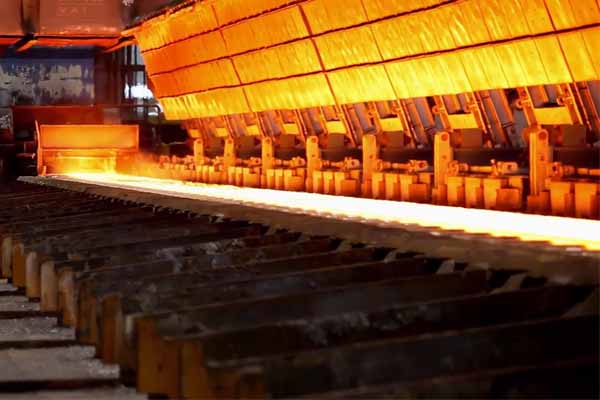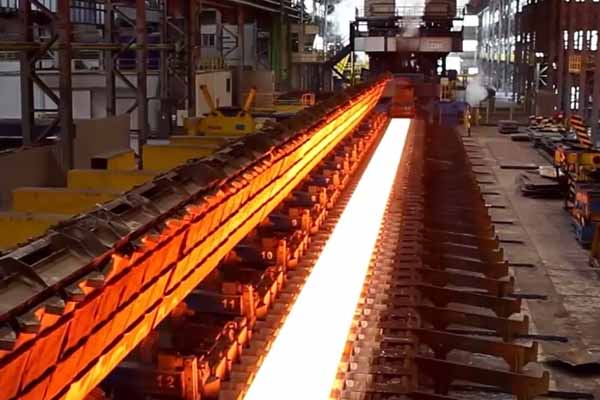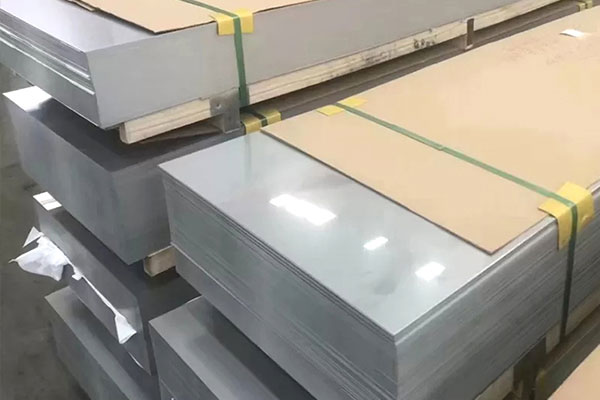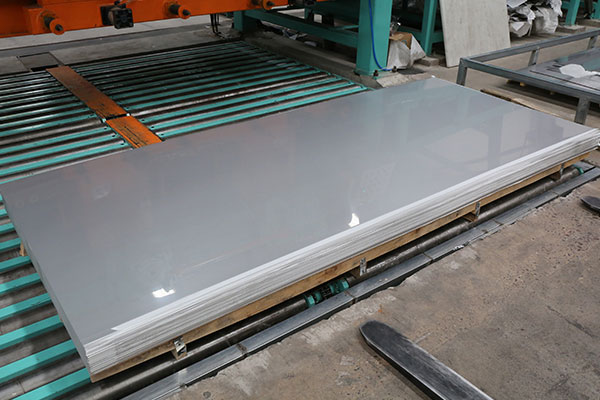Q1: What causes 410 stainless steel to rust in certain environments?
A1: While 410 stainless steel offers moderate corrosion resistance due to its 12% chromium content, it is prone to rust in highly acidic, chloride-rich (e.g., marine), or humid environments. Unlike austenitic grades (e.g., 304), its lower chromium and lack of nickel reduce resistance to aggressive media.
Q2: How can welding 410 stainless steel lead to cracking?
A2: 410’s martensitic structure makes it susceptible to hydrogen-induced cracking during welding. Rapid cooling after welding creates residual stresses and brittle zones. Preheating (150–300°C) and post-weld heat treatment (PWHT) at 650–750°C followed by slow cooling mitigate this risk.
Q3: Why does 410 stainless steel require heat treatment?
A3: Heat treatment (e.g., annealing, tempering) enhances ductility, reduces brittleness, and optimizes mechanical properties. Annealing at 830–900°C followed by slow cooling or tempering at 600–750°C improves toughness for demanding applications.
Q4: Is 410 stainless steel magnetic?
A4: Yes, 410 is magnetic due to its martensitic microstructure. This property makes it suitable for applications requiring magnetic permeability, such as electric motor components.
Q5: How does 410 compare to 304 or 316 stainless steel?
A5: 410 has higher strength and wear resistance but lower corrosion resistance than 304/316. It is cost-effective for mildly corrosive environments but not ideal for severe chemical or marine exposure.
Q6: What are common machining challenges with 410 plate?
A6: Its hardness and work-hardening tendency can cause tool wear and poor surface finishes. Use sharp tools, slower speeds, and adequate lubrication. Annealing before machining improves machinability.
Q7: Can 410 stainless steel be used in high-temperature applications?
A7: 410 performs well up to 650°C (1200°F) but loses strength and oxidizes beyond this range. For sustained high temps, consider austenitic (e.g., 310) or nickel-based alloys.
Q8: How to prevent pitting corrosion on 410 plates?
A8: Avoid stagnant water or chloride exposure. Regular cleaning, passivation with nitric acid, or protective coatings (e.g., electroplating) can enhance surface resistance.
Q9: What non-destructive testing (NDT) methods detect flaws in 410 plates?
A9: Liquid penetrant testing (PT) or magnetic particle inspection (MPI) identifies surface cracks. Ultrasonic testing (UT) detects subsurface defects, critical for high-stress components.
Q10: Why does 410 stainless steel warp during heat treatment?
A10: Uneven heating/cooling rates cause thermal distortion. Use controlled furnace atmospheres, fixtures to minimize stress, and gradual temperature changes.
Q11: How to improve 410’s corrosion resistance for harsh environments?
A11: Apply corrosion-resistant coatings (e.g., zinc, epoxy) or upgrade to higher-grade stainless steels (e.g., 316, duplex) with added molybdenum or nickel.
Q12: What are typical applications for 410 stainless steel plates?
A12: Common uses include cutlery, valve components, pump shafts, turbine blades, and fasteners—applications requiring strength, moderate corrosion resistance, and affordability.
Q13: Can 410 stainless steel be welded to carbon steel?
A13: Yes, but use nickel-based filler metals (e.g., ER309L) to prevent brittle phases. Preheating and PWHT are essential to manage differential thermal expansion.
 English
English Русский
Русский







